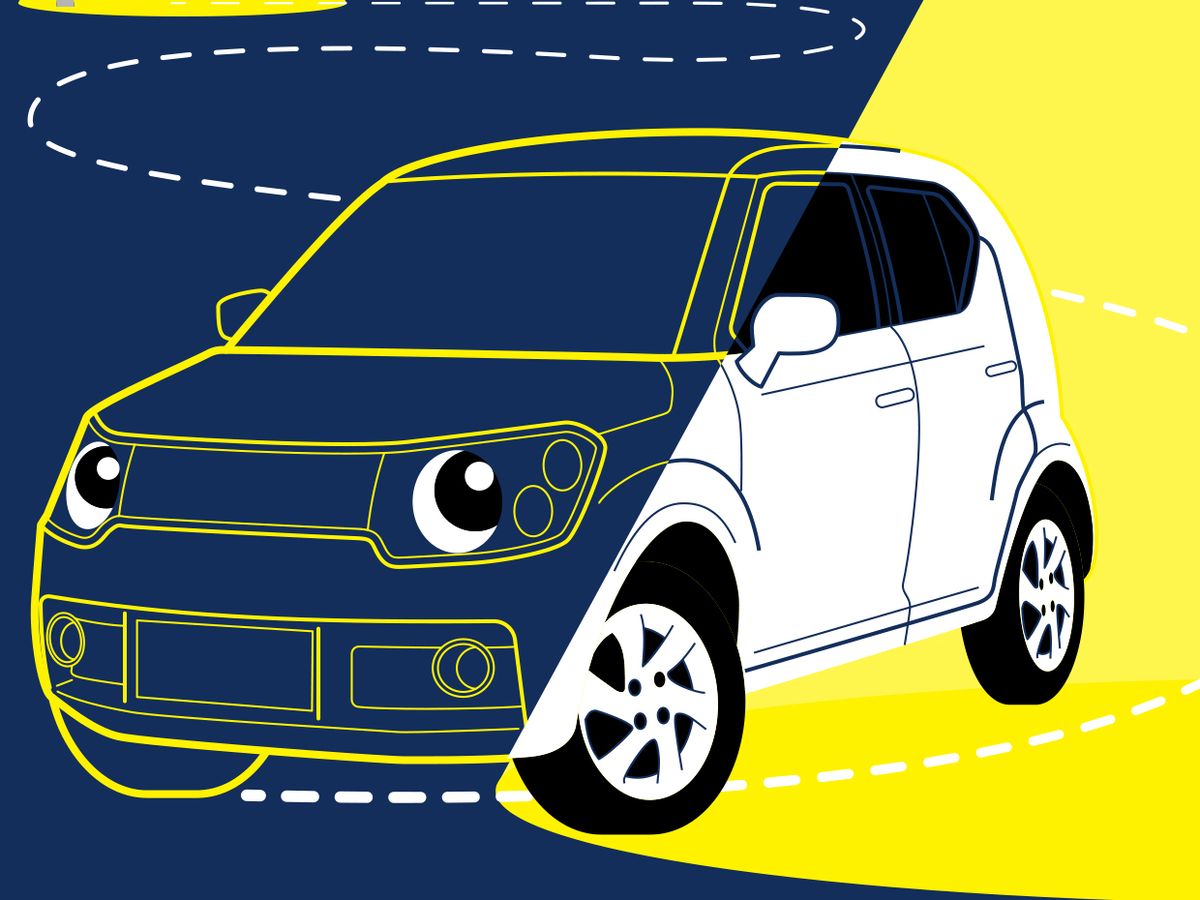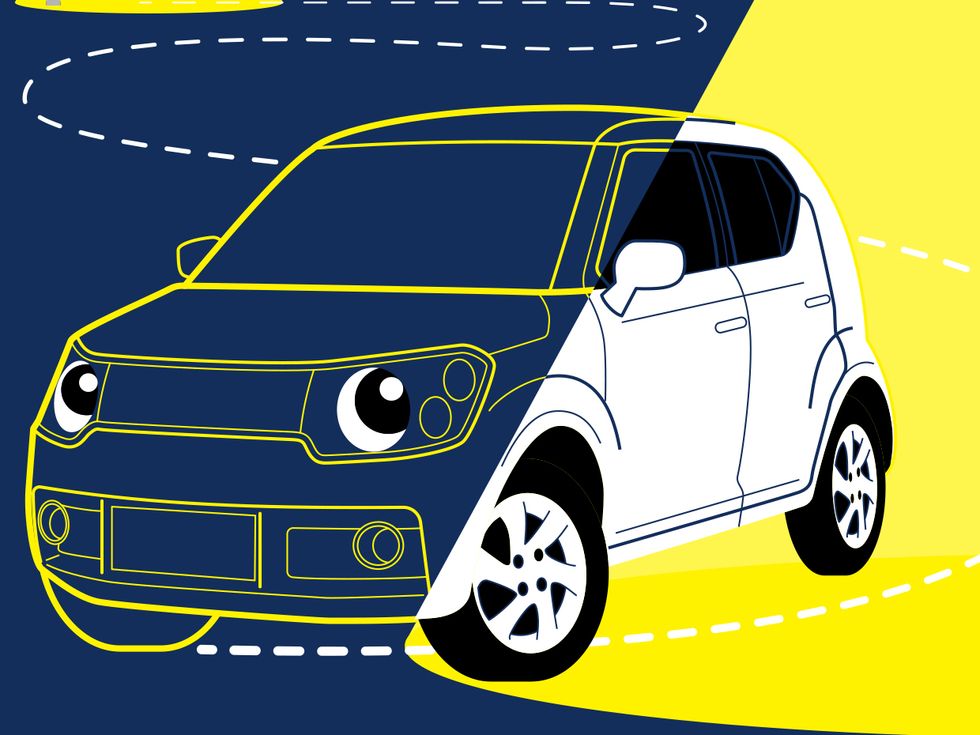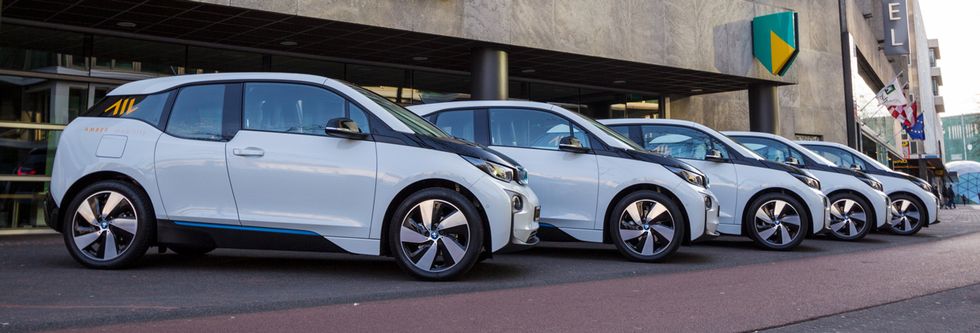The First Fully Commercial Robocar Will Be in Holland
A startup called Amber will deploy truly driverless cars this year—but they’ll move only by night


Actual self-driving cars—with no one behind the wheel—will enter commercial service in 2018.
You may now exhale. Yes, it’s true, but here’s the caveat: The service will be severely circumscribed. At most, we’ll see robocars serving as taxis in certain well-mapped suburbs. At least, we’ll see passenger-free robocars that reposition themselves by night so that commuters can have access to them come morning. But that’s still what experts call Level 4 autonomy.
Here’s the hierarchy: At Level 5, a car can do it all. At Level 4, the car does it all only in certain areas, under certain conditions. At Level 3, drivers must be prepared to take control after a 10-second warning. At Level 2, they must pay attention all the time. Level 1 helps with the braking. Level 0 has power windows.
Level 2 is available now from GM. Level 3 is supposedly possible for Audi’s newly unveiled A8, at least when the safety regulators in your city say so. And Level 4 is just about every car company’s goal—for 2021. True, in early November Waymo took the big step of removing the safety driver from behind the wheel of its ride-hailing robocar service near Phoenix, Ariz.—only to plonk that driver down in the back seat, just in case. And even that program is still free of charge to only a select group of subscribing riders and therefore more of a demo than a real business proposition.

But a true commercial Level 4 application for autonomous cars will certainly happen in 2018. Just look to Amber, a plucky Dutch startup that promises to have cars driving themselves around the small university town of Eindhoven later this year. The company, founded by recent grads from the Eindhoven University of Technology, offers not a robotic chauffeur but simple access to a car. It leaves the driving to you.
This brand of “mobility as a service”—the industry’s latest catchphrase—is of a decidedly different kind from what’s on offer from ride-hailing programs at Uber, Waymo, and the big car companies. Amber’s users—so far, 45 employees of participating local businesses—are guaranteed to be within a reasonable walk of a car they’ve reserved. At the end of each day, Amber sends student drivers to reposition the far-flung cars for the next day’s users.
But next year a few of the cars will carry a self-driving package that does the repositioning. That’s all it will do, but it will greatly ease the technical burden. The cars will move slowly—by night—on dedicated bus lanes when possible, stopping for the flimsiest of reasons.
“We will try to avoid complex situations as much as possible, and the cars will be monitored all the time” from a distance, says Steven Nelemans, 22, who dropped out of his electrical engineering program to serve as Amber’s chief executive.
“We’ll start with passive testing on a large scale, installing sensors on a lot of cars, gathering data, and developing from there,” he says. “Other companies are gathering a lot of data, but it’s not real life. Also, they have not only the technology risk but also the business risk—will anyone want their ride-hailing service? But for us, the only reason we are developing the technology is to lower our operational costs.”
The company now has six all-electric BMW i3 cars, and the plan is to expand the number to 500. At first, only a few will be fitted with the self-driving package, which includes a stereo camera and multiple radar and ultrasound units. Because there’ll be no telltale lidar revolving on the roof or hanging off the corners, most customers won’t even know whether their car is one of the self-driving ones.
Nelemans maintains that his company has developed a use case all its own, one that the big boys would sneer at. “If Tesla released a software update allowing every Tesla vehicle to drive itself across dedicated bus lanes with nobody inside,” he says, “every owner will then say, what’s the benefit for me? But we don’t need the complex technology those other companies need.”
Simple physics is the reason, says Joop Sloot, Amber’s chief operating officer and a recent electrical engineering grad. “Basically, the safety risk increases quadratically with the speed. So at 20 kilometers per hour, if you hit the brakes it takes 3 to 4 meters to stop, but at 50 km/h it takes nearly 15,” he says. ”And with no one inside you can even sacrifice the car if there’s a possibility of an accident.” He adds that the company is trying out the self-driving package on a test track in Helmond, not far from company headquarters.
Whether or not Amber can keep up with the Waymos of this world, the company can still surely find new ways to shore up its niche. The company’s back office already uses algorithms and usage statistics to reposition its cars, which amounts to figuring out what people will want before they know it themselves. If it’s a Friday in the summertime, for example, a lot of users will probably choose to take their cars home for the weekend.
A disruptive business generally doesn’t outcompete an existing one. Instead it serves customers who have so far been ignored. The PC, for example, didn’t displace the mainframe, not at first. And moving cars autonomously by night may just be what self-driving tech needs to get its commercial start.
This article appears in the January 2018 print issue as “The Curious Incident of the Robocar in the Night-Time.”